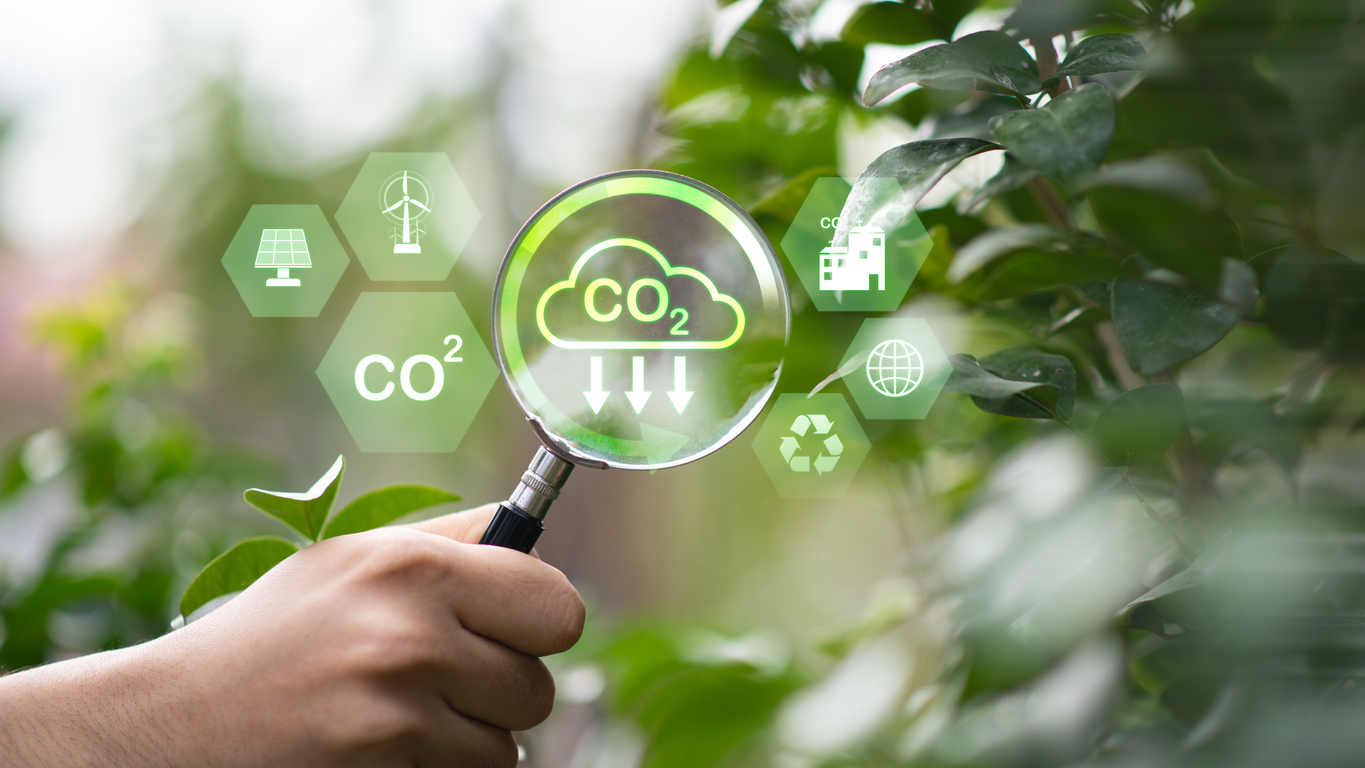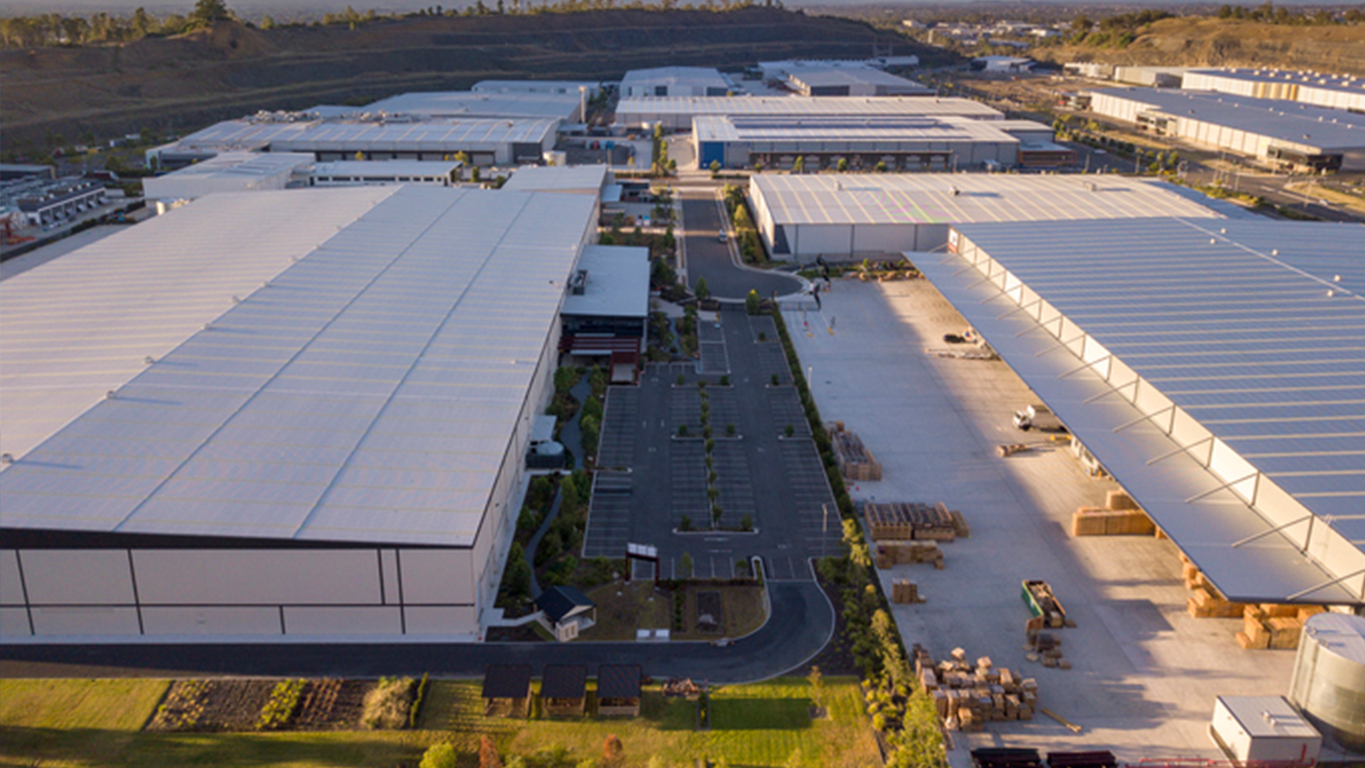ASRS Compliance 2025: What Businesses Need to Know

The Australian Sustainability Reporting Standards (ASRS) are now in effect, marking a shift in how businesses must track, manage, and disclose their energy use and carbon emissions. While some organisations are well underway with compliance, many are still navigating what these new requirements mean for their operations, reporting obligations, and long-term sustainability strategies.
Energy reporting is no longer just a corporate responsibility—it’s a business necessity. Whether you’re required to comply now or are preparing for future regulatory phases, understanding how to collect, manage, and report your energy data is critical.
Understanding ASRS: What Are ASRS 1 and ASRS 2?
The ASRS framework consists of two core standards that businesses need to be aware of:
ASRS 1: General Requirements for Disclosure of Sustainability-related Financial Information
(Aligned with IFRS S1)
This standard provides the overall principles for sustainability reporting. It outlines how organisations should disclose sustainability-related risks and opportunities that could reasonably impact their financial position, performance, or future outlook. In short, it’s about the what and why of your sustainability strategy.
ASRS 2: Climate-related Disclosures
(Aligned with IFRS S2)
This is where energy and emissions reporting comes in. ASRS 2 focuses on climate-related disclosures, including how your business tracks greenhouse gas emissions (Scope 1, 2, and 3), manages climate risk, and plans for emissions reductions. It covers the how—what data you need to report, how it should be measured, and what future planning is expected.
Together, these two standards work hand-in-hand. ASRS 1 sets the context, while ASRS 2 defines the details.
The ASRS Compliance Rollout: Who Needs to Comply and When?
ASRS compliance is being phased in over several years, depending on your business size and revenue. Here’s a breakdown of who needs to comply and when:
- Group 1 Entities
Large businesses with consolidated revenue over $500 million or assets exceeding $1 billion
Mandatory reporting is expected to commence from 1 January 2025 for Group 1 entities, pending final legislation - Group 2 Entities
Mid-sized businesses with revenue between $200 million and $500 million
Reporting begins 1 July 2026 - Group 3 Entities
Smaller businesses with revenue over $50 million
Reporting begins 1 July 2027
Whether you fall into Group 1 and need to act now, or you're part of a later phase, early preparation will make compliance more manageable and less disruptive.
The compliance groups outlined are based on thresholds proposed by the Australian Government in alignment with the AASB’s draft sustainability standards and Treasury’s consultation paper on climate-related financial disclosures.
Overview of AASB S1 and AASB S2 | April 2025
Why Energy Reporting Matters Under ASRS
ASRS 2 introduces a more structured and detailed approach to climate-related disclosures. Businesses must now provide:
✔ Transparent reporting on energy use and emissions across Scope 1, 2, and 3 categories
✔ Auditable records that show how sustainability risks are identified and managed
✔ Emissions reduction plans that align with Australia’s climate targets
The challenge isn’t just about meeting reporting deadlines—it’s about making sure the data you collect is accurate, auditable, and useful. Without the right systems in place, businesses risk non-compliance, higher costs, and reputational damage.
What Businesses Need to Do Now
Compliance with ASRS isn’t just about disclosure. It requires putting the right systems and strategies in place to support accurate, reliable sustainability reporting. Here are five key steps to get started:
1. Conduct an Energy Audit
Begin by reviewing your current energy use. An energy audit helps identify where energy is being used, where it's being wasted, and where efficiency gains can be made. This becomes your baseline for tracking improvement.
2. Establish a Structured Energy Monitoring System
Spreadsheets and manual tracking won’t be enough under ASRS 2. Implementing automated tools and a Building Energy Management System (BEMS) allows you to:
- Monitor energy use in real time
- Spot inefficiencies across sites
- Forecast usage and plan for reductions
3. Align Reporting with Scope 1, 2, and 3 Emissions
ASRS requires emissions to be categorised correctly:
Scope 1: Direct emissions from owned or controlled sources (e.g. vehicles, on-site fuel use)
Scope 2: Indirect emissions from purchased electricity, heating, or cooling
Scope 3: All other indirect emissions (e.g. supply chain activities, travel, and waste)
Accurate Scope classification is critical for credible reporting.
4. Implement Energy-Saving Measures
Taking action on energy efficiency supports compliance and reduces costs. Some common improvements include:
- Upgrading to LED lighting
- Optimising HVAC systems
- Improving insulation and temperature controls
These changes can also support long-term emissions targets.
5. Develop a Long-Term Decarbonisation Strategy
ASRS reporting isn’t just about what you’ve done — it’s also about what you plan to do. Set measurable emissions reduction goals, engage your team, and ensure leadership supports the strategy.
Taking the Next Step
With ASRS compliance now in place, the way businesses track and report on sustainability is changing fast. ASRS 1 ensures your disclosures are decision-useful and investor-ready, while ASRS 2 demands rigour in climate-related data and emissions reporting.
Early adoption isn’t just smart—it’s strategic. Companies that embed structured energy monitoring systems and clear reporting frameworks now will be better positioned to meet regulatory expectations, reduce energy costs, and build trust with stakeholders.
Need Help Navigating Compliance?
SJ Electric offers tailored Building Energy Management System (BEMS) solutions that simplify compliance while unlocking long-term savings and sustainability insights.
Let’s talk about how we can help your business prepare for ASRS and stay ahead.
Book an ASRS Readiness Assessment
Disclaimer:
The content in this blog is intended for general informational purposes only and should not be construed as legal, regulatory, financial, or professional advice. The Australian Sustainability Reporting Standards (ASRS) are evolving, and individual business obligations may vary. While SJ Electric endeavours to ensure the accuracy of information at the time of publication, no representation is made as to its completeness or ongoing accuracy. SJ Electric disclaims all liability for any loss or damage arising from reliance on this information. Readers should seek independent legal and professional advice relevant to their particular circumstances.
The SJ Electric ASRS Readiness Assessment is a technical/operational support tool—not legal certification of compliance.
Posted on 23 APR 2025
Search
Recent Posts
Is a BEMS Right for Your Business?
BEMS: What Everyone Gets Wrong
8 Common Building Management Problems a BEMS Solves
BEMS - Energy Savings Are Only Part of the Story



